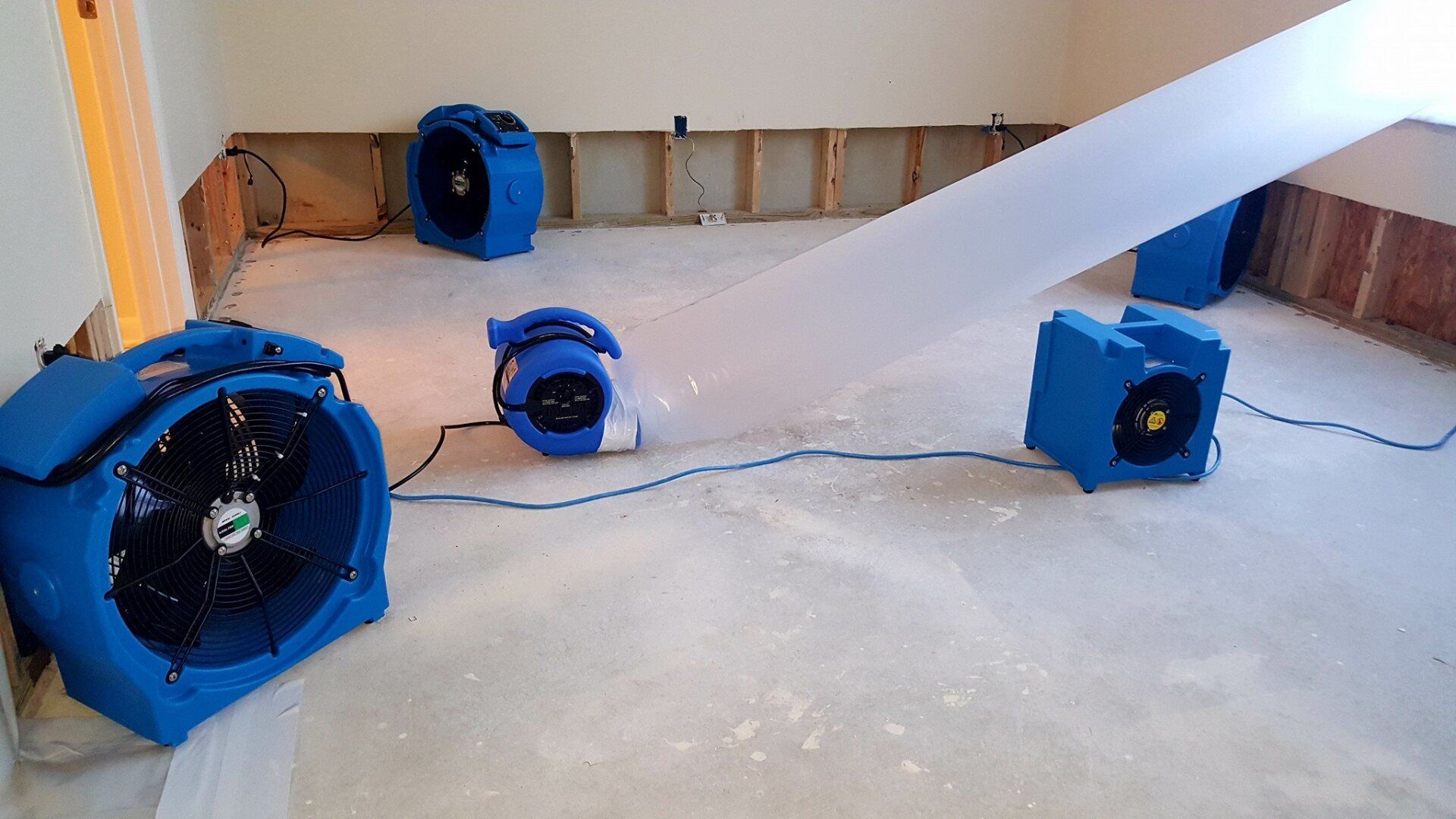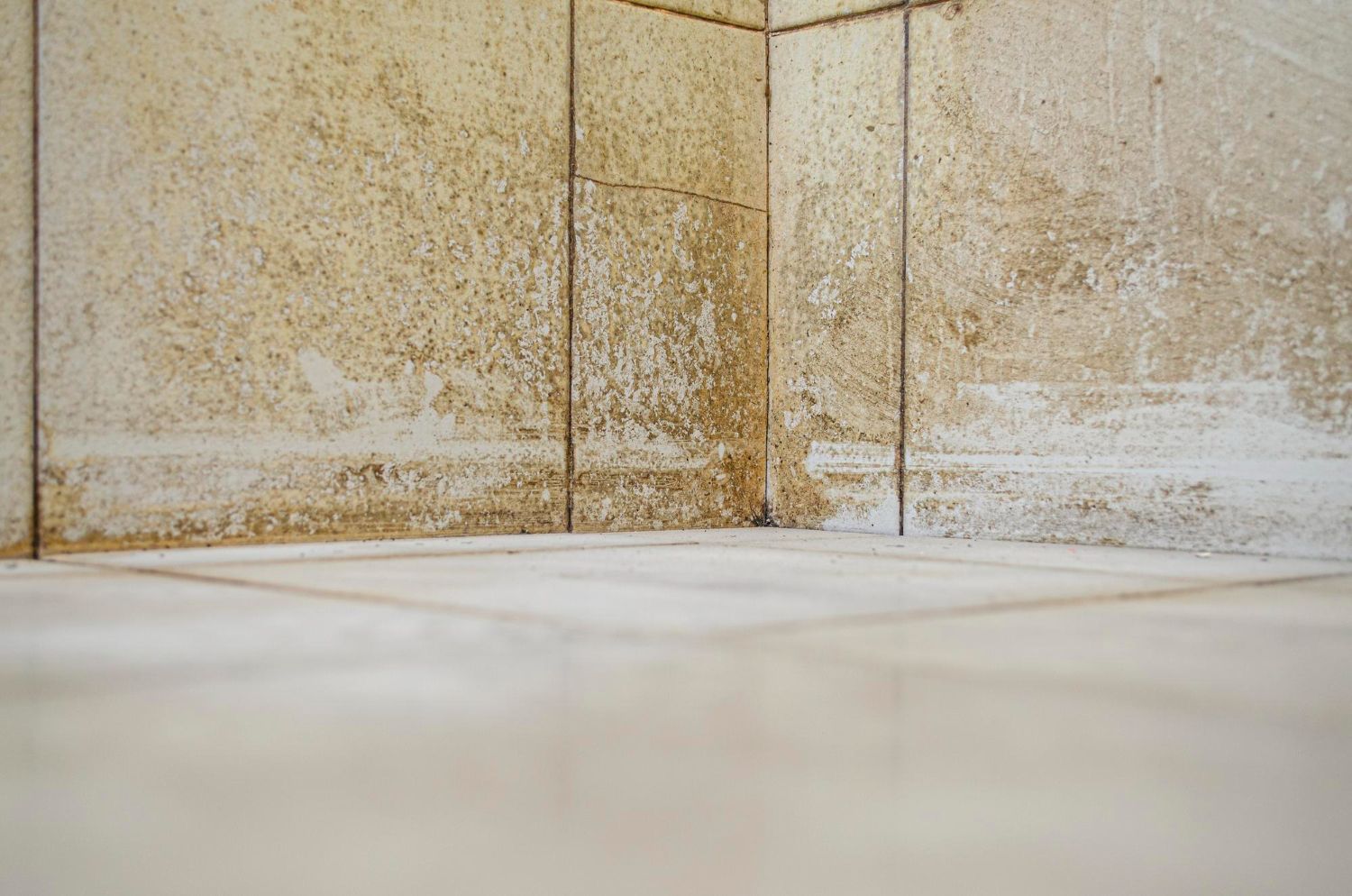Mold can be a sneaky guest in your bathroom, showing up when you least expect it. It's something most homeowners in Greenwood have likely encountered at some point. With its characteristic musty smell and unsightly black spots, mold is often a result of the humid environment that bathrooms naturally have. It's important to tackle this issue head-on to ensure a clean and healthy home. You'll want to keep your bathroom free of mold with a few simple strategies that focus on prevention.
Addressing mold promptly is key to maintaining a safe and welcoming bathroom. Ignoring mold not only damages your bathroom's aesthetic but can also lead to health concerns. This guide will explore various ways mold sneaks into your bathroom and offer practical tips for keeping it at bay. By understanding how mold thrives, you can take effective steps to stop it in its tracks and enjoy a fresh, clean bathroom.
Common Causes of Mold in Bathrooms
Mold can easily become a frequent problem in bathrooms, thanks to three main factors: high humidity, poor ventilation, and leaky fixtures.
High humidity levels are common in bathrooms due to activities like hot showers and baths. Imagine stepping into your bathroom after a steamy shower; it's like entering a mini rainforest. When moisture doesn't dry out quickly, it creates a perfect spot for mold to grow. Ventilation plays a big role in managing this humidity. Without proper airflow, the damp environment lingers, setting the stage for mold to thrive.
Bathrooms without adequate ventilation, like those without an exhaust fan or a window, often experience poor air circulation. The lack of airflow can turn your bathroom into a breeding ground for mold as moisture struggles to escape. It’s like when you leave laundry sitting in a closed machine — without letting the air in, it just doesn’t dry properly. Therefore, ensuring that your bathroom has some method for air to circulate out is crucial in preventing mold growth.
Leaky fixtures are another common cause of mold. Small, unnoticed drips from a pipe under your sink or a leaking faucet can provide a continuous moisture source, which mold absolutely loves. Checking and maintaining your bathroom fixtures is essential because even the tiniest leaks can lead to big mold issues.
Addressing these causes helps protect your bathroom from unwanted mold. By managing humidity, improving ventilation, and keeping an eye on plumbing, you increase your chances of maintaining a clean and mold-free environment.
Prevention Tips for Avoiding Mold in Bathrooms
To keep mold at bay, incorporating a few preventive measures into your bathroom routine can make a big difference. Let's explore some effective methods:
1. Use an Exhaust Fan Regularly: Ensuring your bathroom is well-ventilated keeps humidity levels in check. Make a habit of running the exhaust fan during and after showers. It helps to dry the air and prevent that damp feeling which mold loves.
2. Fix Leaks Promptly: Leaky faucets and pipes can provide just enough moisture for mold to set up camp. Regularly inspect under your sinks and around the toilet for any signs of leakage. Even small drips require attention, as left unchecked, they can cause significant damage later.
3. Keep It Dry: After a shower or bath, take a few seconds to dry off surfaces. A quick wipe-down of tiles and counters with a towel will go a long way toward reducing moisture. It may seem simple, but keeping your bathroom dry is one of the best defenses against mold.
4. Use Mold-Resistant Products: Apply materials designed to fight mold, like mold-resistant paint and caulk. These products create a barrier against mold growth and help maintain a clean, fresh appearance for longer periods.
By incorporating these straightforward steps, you take the right actions to make mold in the bathroom a thing of the past.
Signs of Mold You Shouldn't Ignore
Sometimes mold can sneak up on you, so it's important to recognize the warning signs before it becomes a bigger issue.
- Musty Odor: A persistent, musty smell often signals mold. It might linger even after cleaning, indicating that mold could be hiding out of sight.
- Visible Spots: Mold often appears as black, brown, or greenish spots in damp or humid areas. Check grout lines, around windows, or on ceilings for these telltale signs.
- Allergy Symptoms: Experiencing unexplained allergy symptoms like sneezing, sore eyes, or a runny nose could be a result of mold exposure. If symptoms worsen when you’re in the bathroom, it's worth investigating further.
Identifying these signs early can help you tackle mold before it escalates.
When to Call for Professional Mold Remediation
While some mold problems are manageable with a bit of elbow grease, there are times when calling in professionals becomes necessary. When you encounter any of the following situations, expert help is your best bet to ensure complete mold removal:
- Large Infestations: If mold covers extensive areas or has spread across different parts of the bathroom, professionals have the tools and knowledge to handle it safely.
- Hidden Mold: Mold can hide behind walls, under tiles, or in hard-to-reach places. Experts can assess and treat these hidden spots effectively without causing unnecessary damage to your bathroom.
- Health Concerns: If the presence of mold is impacting your health, bringing in professionals ensures thorough removal and a safer environment moving forward.
Take timely action and don't hesitate to reach out for expert help when mold seems beyond your control.
Keeping Your Greenwood Bathroom Mold-Free
Maintaining a mold-free bathroom in Greenwood involves a blend of simple habits and timely interventions. By keeping an eye on humidity and ensuring proper ventilation, you create an environment where mold finds it hard to gain a foothold. Regular checks for leaks and mold signs should be part of your routine, providing peace of mind that your bathroom is as clean and healthy as possible.
Mold prevention doesn't require complex solutions but rather consistent effort and awareness. Small efforts in maintaining your bathroom's spaces and surfaces can lead to a cleaner, healthier home. Taking these steps not only enhances the look and feel of your bathroom but also safeguards your family's well-being.
Maintain the comfort and health of your bathroom by tackling any mold issues head-on. For persistent or hard-to-reach mold problems in Greenwood, trust the expertise of Faulkner Restoration. Our team is ready to ensure your bathroom stays clean and safe. Discover more about our effective solutions by exploring our services for mold remediation in Greenwood.
Contact Faulkner Restoration Today!
Faulkner Restoration will do everything we can to ensure your experience with us is excellent.
Request A FREE Estimate
Request a Free Estimate Form
Checkout Recent Post





